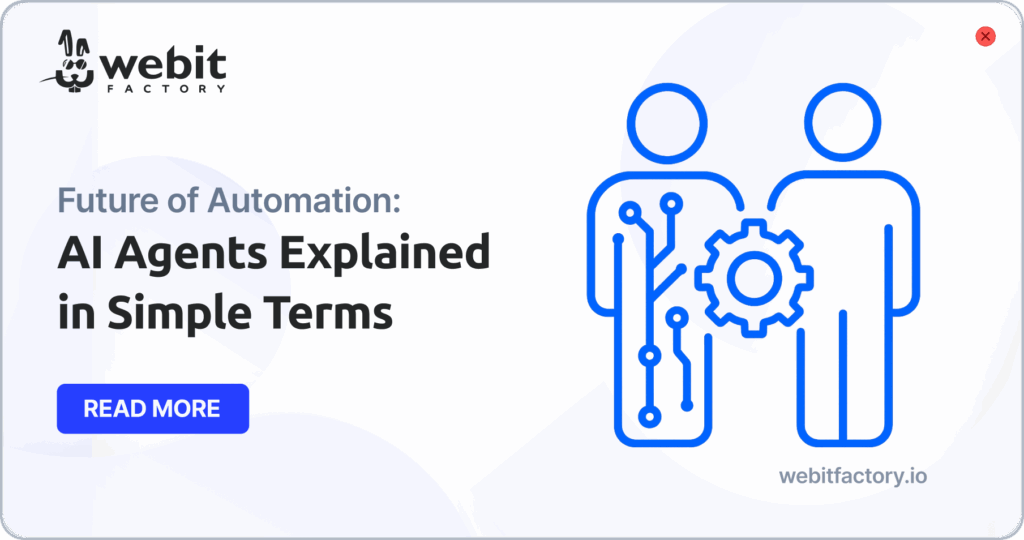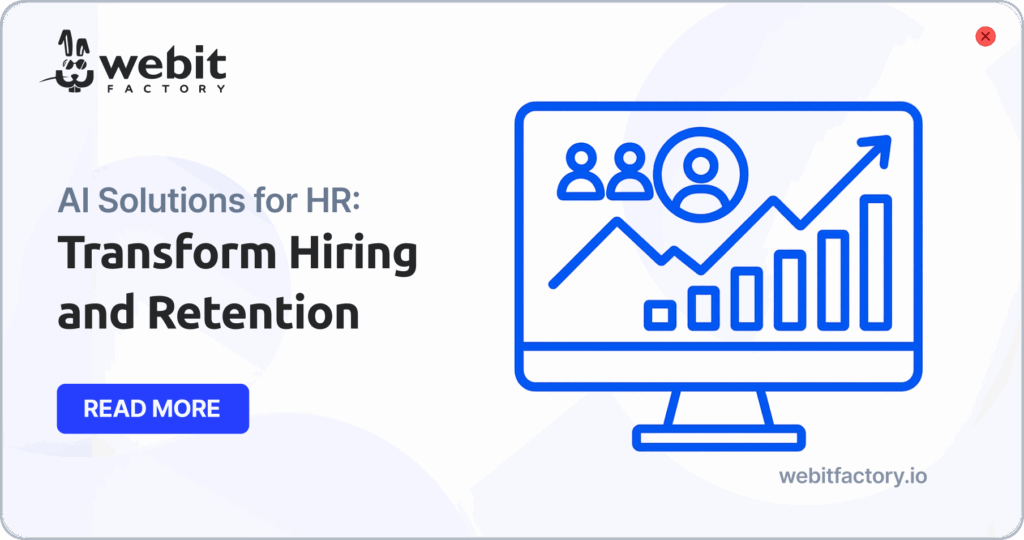Legal document automation is becoming essential in today’s legal and business environments. With rising workloads, increasing expectations for speed, and a strong focus on accuracy, automation is now a vital asset. LPM says that a 2025 Legal Trends study found that nearly all (93%) mid-sized firms report using AI in some form—60% specifically for document automation and drafting.
By using legal document automation software, professionals can save time, avoid errors, and focus on higher-value work.
What Is Legal Document Automation
Legal document automation refers to software that generates documents based on structured data and pre-set templates. Instead of writing each document from scratch, these tools auto-fill information into templates, drastically speeding up the drafting process.
Modern platforms can automate everything from contracts and NDAs to court submissions and internal memos. They often come with conditional logic, auto-population of client information, and built-in libraries of legal templates. These systems minimize the risk of human error while making your entire process faster and more consistent.

According to NetDocuments, essential features include:
- Auto-population of fields from databases
- Conditional logic for clauses
- Document libraries and reusable templates
- No-code interfaces for ease of use
Why Businesses and Law Firms Need It
Manual document creation consumes significant time and energy. It slows down workflows and opens the door to costly errors. In a 2025 landscape driven by data and productivity, this is no longer sustainable.
Thomson Reuters reports that legal automation can reduce drafting time by up to 72%. Lawyers without automation tools spend nearly 56% of their time drafting documents manually. That time could be better spent on strategic legal work or client relations.
Clio adds that automation improves accuracy by auto-filling details like client data and case numbers, avoiding the risk of manual mistakes. It also empowers all team members to create documents using shared templates.
With automation, law firms and legal departments can handle more clients and grow their business without increasing overhead.
Best Legal Document Automation Tools
Here are the top tools you should consider, each offering unique features for different needs:
Gavel
Gavel provides an intuitive platform for legal document generation. Its questionnaire-based system lets users generate documents by answering guided prompts.
Clio Draft
Part of Clio’s legal suite, Clio Draft seamlessly connects with case management. It auto-fills information from existing records, reducing repetition and enhancing accuracy.
HotDocs
A trusted tool with legacy in document automation, HotDocs allows firms to create complex documents using conditional logic and clause selection.
Bryter
Bryter lets legal teams build client-facing apps, making legal processes more interactive. It’s especially useful for firms offering self-service legal tools.
Rally
Rally streamlines client experience by automating onboarding forms, document collection, and communication processes.
Briefpoint
A newer platform focusing on speed and efficiency, Briefpoint offers fast document generation with a clean interface and minimal setup.
Harvey
Harvey is an AI-powered platform used by top global law firms. Built on large language models, it supports document drafting with contextual understanding and firm-specific customization.
Source: Business Insider
Key Benefits You Can’t Ignore
Legal document automation offers concrete advantages across different areas:
- Faster Turnaround: Tools cut document preparation time significantly
- Reduced Errors: Auto-population and logic-based templates ensure accuracy
- Higher Profit Margins: Time saved means more time for billable work
- Improved Client Experience: Quicker responses increase client satisfaction
- Centralized Knowledge: Templates capture best practices and firm knowledge

How to Choose The Right Software
Choosing the right legal document automation software depends on your firm’s structure, technical abilities, and daily workflows. Start by considering how well the tool integrates with your current systems. If you’re already using a practice or case management platform, look for automation software that connects seamlessly to avoid data silos or duplicate entries.
Ease of use is another crucial factor. A user-friendly interface, will help your team adopt the new tool without a steep learning curve. It should allow legal staff to build, edit, and apply templates without needing technical skills.
Customization is just as important. Your firm may need to tailor documents to different practice areas or client profiles. Software that supports flexible templates and conditional logic will allow you to do that efficiently.
Support and training also matter. Check whether the provider offers onboarding help, documentation, and real-time support. This ensures a smoother transition and consistent usage.
Finally, consider your budget. The ideal software should offer a good balance between cost and the value it brings. Evaluate pricing plans based on the features you truly need rather than overpaying for extras.
MyCase recommends that modern automation solutions should also include generative AI drafting, electronic signature functionality, and compatibility with digital workflows. These features further enhance productivity and client satisfaction.
Legal document automation is one of the smartest moves any law firm or legal department can make. It saves time, improves accuracy, and supports scalable growth. With a range of tools available, you can find one that fits your team’s size, workflow, and goals.
Looking to simplify legal processes?
Related Articles

AI Agents Explained in Simple Terms
Discover what AI agents are, how they work, and why intelligent agents are reshaping automation across industries.

AI Solutions for HR That Transform Hiring and Retention
AI solutions for HR are transforming hiring and retention with faster recruitment, better cultural fit, and lower turnover rates.

Cross-Chain dApps Are Shaping Web3
Cross-chain dApps are shaping Web3 by streamlining UX, improving contract monitoring, and bridging fragmented blockchain ecosystems.
